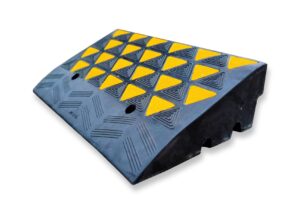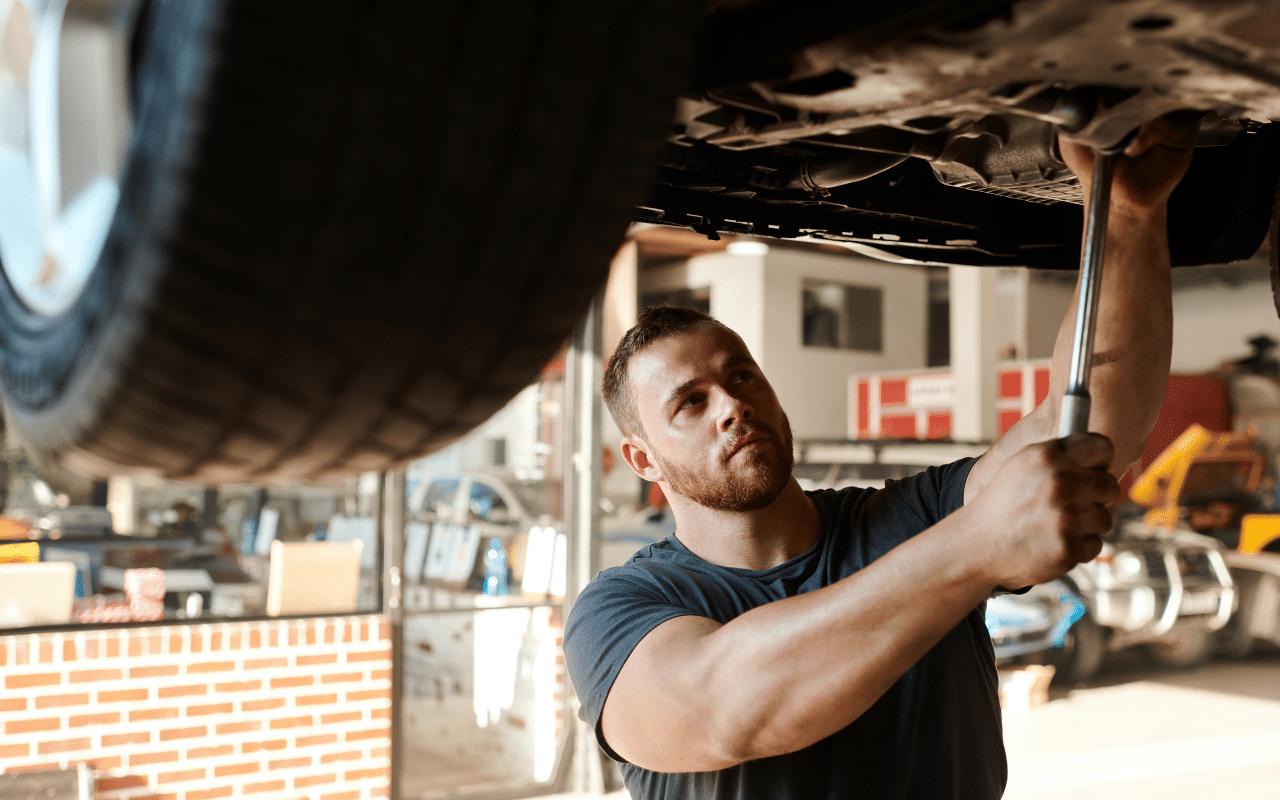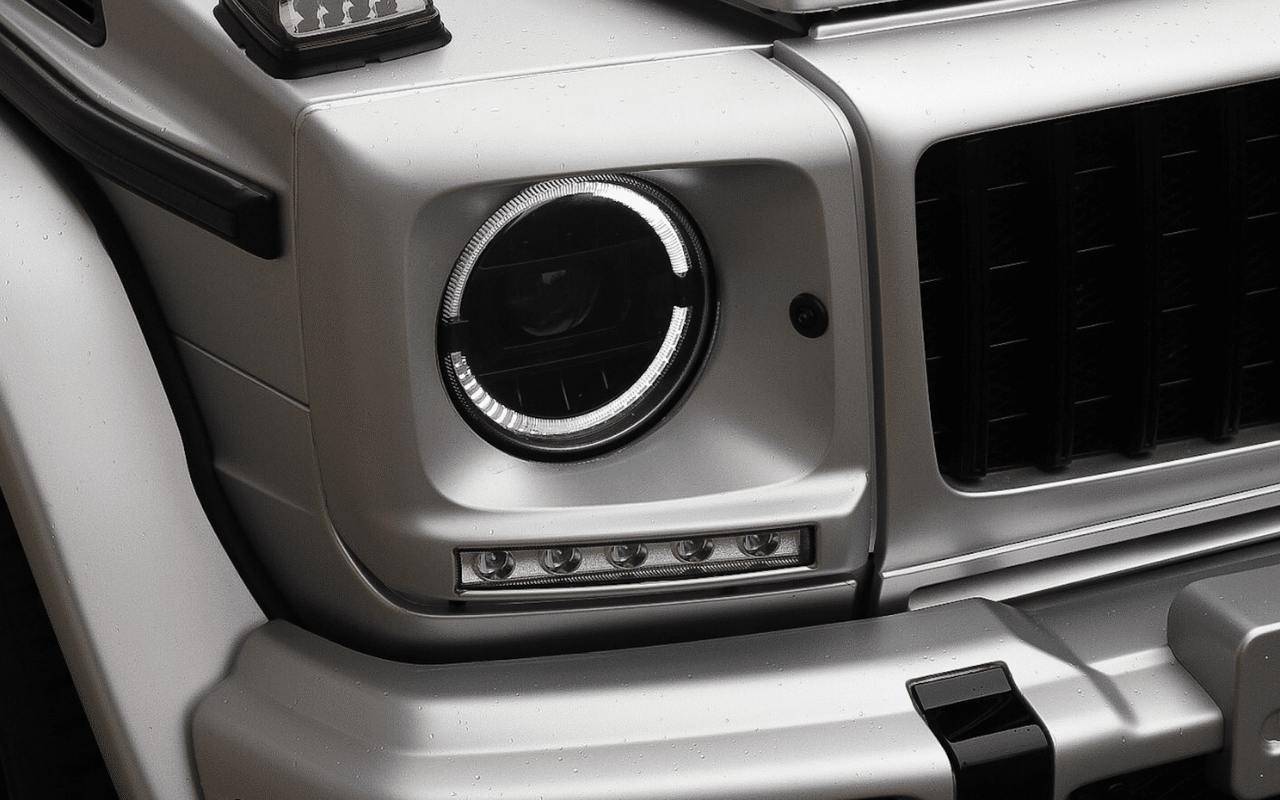

A roadworthy certificate (RWC) is an essential document for any vehicle owner in Australia, ensuring that your vehicle is safe to drive. This document shows that your car meets the minimum safety standards. Whether buying or selling a car or simply ensuring your vehicle remains roadworthy, understanding the meaning and importance of a roadworthy inspection is crucial. Let’s discuss the significance of roadworthy certificates, what is checked during the inspection, and answer common questions regarding roadworthy requirements.

A roadworthy certificate is an official document issued after a vehicle undergoes a thorough inspection to verify that it is safe for road use. The inspection covers key areas of the car, including its mechanical and structural integrity, ensuring it meets safety standards. A roadworthy certificate is often required when selling a vehicle, registering a car, or transferring ownership.
The importance of an RWC lies in the safety of all road users. It ensures that vehicles meet safety standards to prevent accidents caused by faulty cars. In addition, a roadworthy inspection protects you as a vehicle owner, as it guarantees your car is in good condition and less likely to cause breakdowns or accidents.

In Victoria, the comprehensive roadworthy inspection covers various aspects of your vehicle. The inspection is designed to ensure that your car is roadworthy and poses no risk to the safety of the driver, passengers, or others on the road. Some of the key areas checked during a Victorian roadworthy inspection include:
It’s important to note that these checks ensure your vehicle is fit for driving and complies with Australian safety regulations. Any issues found during the inspection must be fixed before the vehicle can receive an RWC.

The cost of a roadworthy certificate in Victoria can vary depending on the mechanic or inspection station you visit. It costs between $150 and $250 most of the time. Factors that can affect the price include:
It’s important to note that while the inspection itself may be relatively inexpensive if your vehicle fails to meet the roadworthy standards, you may be required to pay for repairs before the inspection can be completed. These repairs could increase the overall cost of obtaining an RWC.
A certificate of roadworthiness is only suitable for a certain amount of time. The certificate is ideal for 30 days from the date it was issued in Victoria and most of the other states in Australia. If you do not transfer the registration or ownership of the vehicle within this period, you will need to get a new roadworthy inspection.
It is important to remember that a roadworthy licence does not mean that your car will stay healthy for a long time. If your vehicle suffers any mechanical issues or safety problems after obtaining the RWC, you must address them promptly to ensure it remains safe for road use.
A roadworthy inspection assesses a vehicle’s mechanical and safety components to ensure that it meets the required safety standards set by local authorities. During the inspection process, the car is carefully examined, with parts like the brakes, tyres, suspension, steering, and body state checked. The goal is to confirm that the vehicle is safe and does not pose a risk to its driver, passengers, or other road users.
In many cases, a roadworthy inspection is required when transferring ownership of a vehicle or registering a car. It is also necessary to ensure that vehicles meet safety standards after a repair or modification. A car cannot legally be driven on Australian roads without a valid roadworthy certificate.
While roadworthy certificates are mainly about the mechanics of your car, things like speed bumps and rumble bars that are part of the road infrastructure are also essential for keeping drivers and walkers safe. Speed humps and rumble bars are designed to reduce vehicle speeds and alert drivers to hazards ahead. These road features complement the efforts of roadworthy inspections by promoting road safety and preventing accidents caused by excessive speed or inattentiveness.
At Speed Humps Australia, we specialise in providing high-quality road safety solutions, including speed humps and rumble bars, that help keep roads safer for everyone. Our products are engineered to meet Australian road safety standards and are essential to any safe driving environment.
The roadworthy certificate is vital for several reasons:
In summary, an RWC is a vital document that verifies your vehicle’s safety and roadworthiness. The inspection ensures that key safety components, such as brakes, tyres, suspension, and lights, are in good working condition. Understanding roadworthy inspections’ cost, validity, and importance is essential for all vehicle owners.
Through our high-quality goods, like speed humps and rumble bars, Speed Humps Australia wants to make the roads safer. Ensuring your vehicle is roadworthy and adhering to safety standards contributes to a safer driving environment for everyone. Stay safe on the road, and always prioritise regular maintenance and roadworthy checks for your vehicle.



For 10 years, our focus has been on one thing: to provide one style of product and to do it well.
Our wheel stops, speed humps and rumble bars meet Australian Standards, don’t fade, and we’ve never needed to replace one.

For 10 years, our focus has been on one thing: to provide one style of product and to do it well.
Our wheel stops, speed humps and rumble bars meet Australian Standards, don’t fade, and we’ve never needed to replace one.